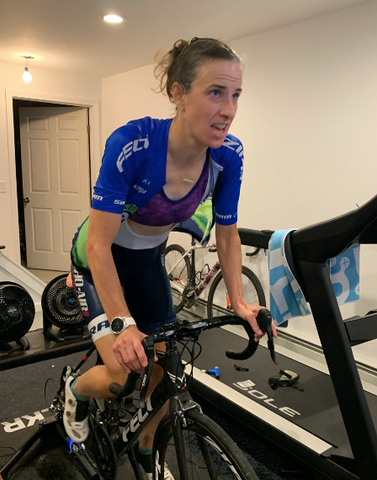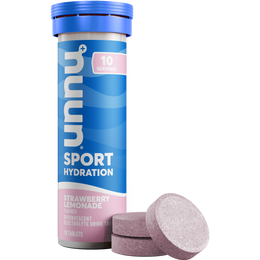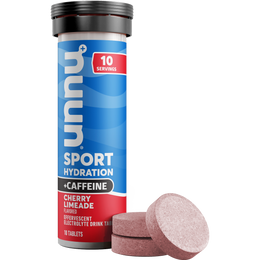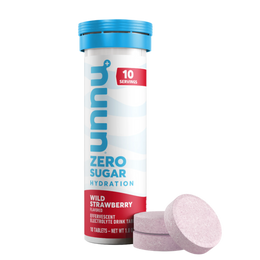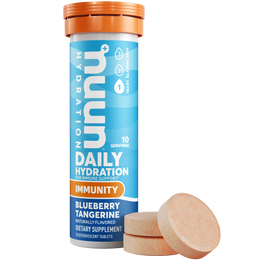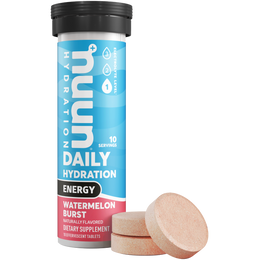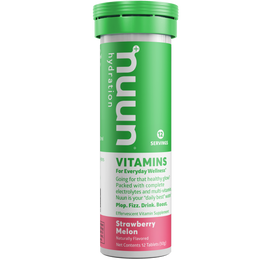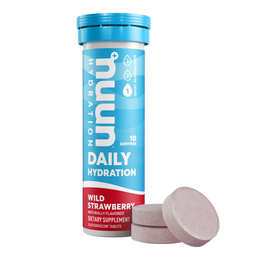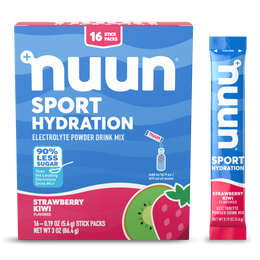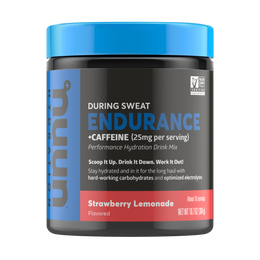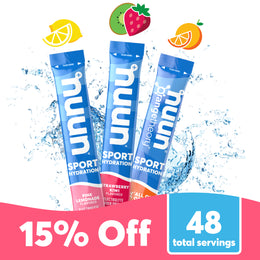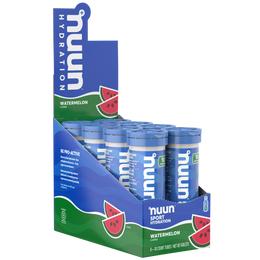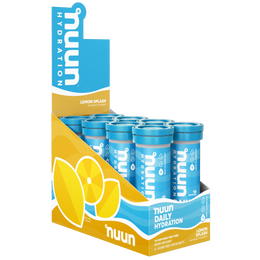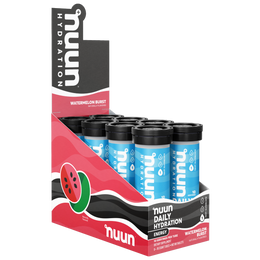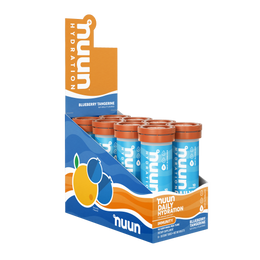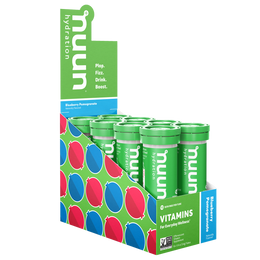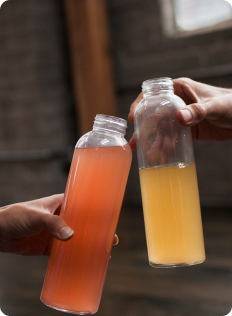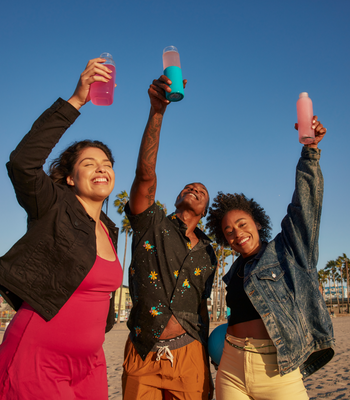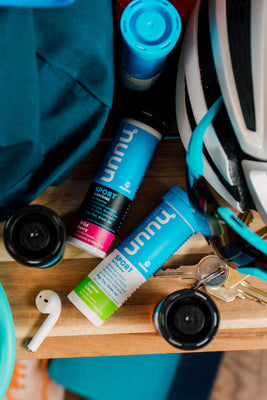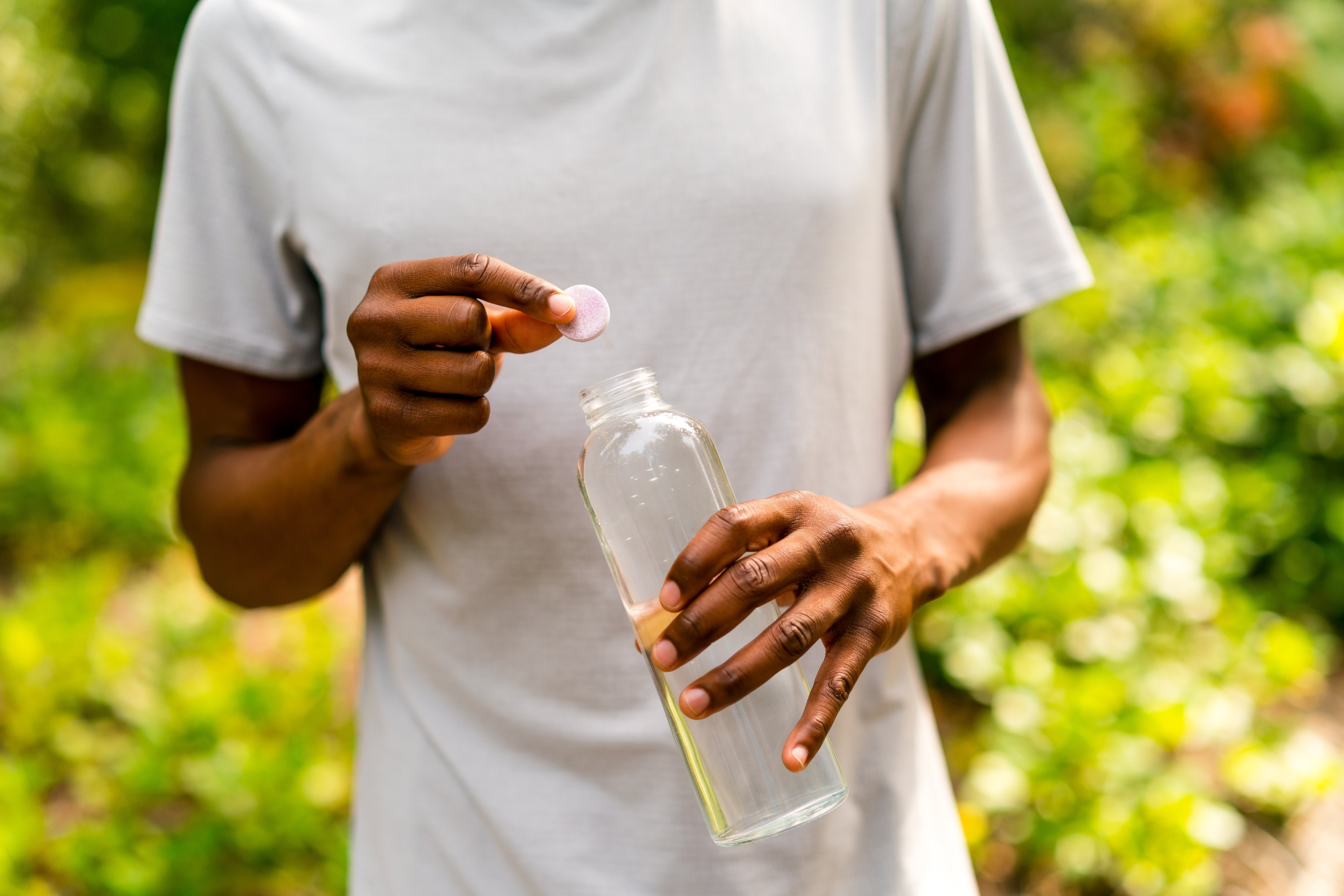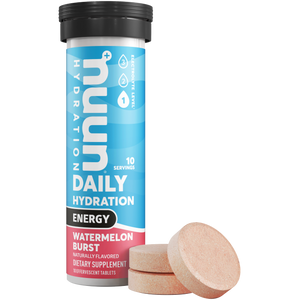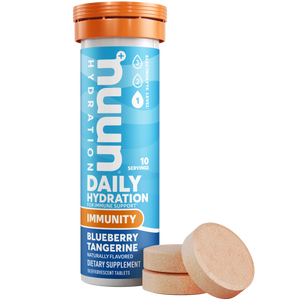Lea Davison’s Virtual Tour de France
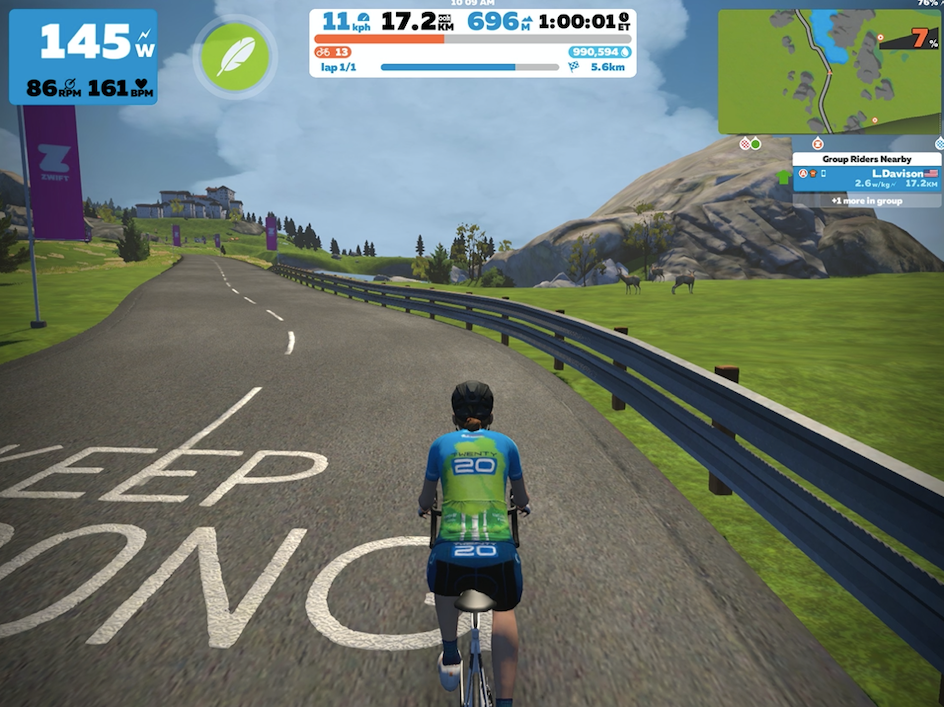
It would take a global pandemic for me to race on the stationary bike in my basement...
As a mountain biker, my soul lies in the woods, and single track and dirt make my heart happy. Riding the stationary trainer in the basement is the opposite of all of these things and, in the wintertime in Vermont, I spin on my rollers for twenty minutes begrudgingly. Yet, as Co-VID changed many things for everyone, I began throwing myself into the virtual riding and racing platform, Zwift. Zwift made riding the trainer so exciting and lifelike. I went on group rides with my friends, and I competed in races and had the best workouts ever. I even climbed famous ascents like Alp d’ Huez. In Zwift, the trainer resistance is controlled by the variations in the course that you are riding. A hill on Zwift feels like a climb in real life. Within the span of two weeks this spring, I was signed up for my first women’s pro tour level race, the Tour for All, with my team Twenty20, and I was hooked. I hadn’t raced in months, and virtual racing scratched the itch that I had to compete during lockdown.
When I found out that Zwift was hosting a virtual Tour de France, I jumped at the opportunity. This virtual Tour de France was VERY exciting because it was the first time the women were offered a completely equal Tour de France race to the men. Even though it was virtual, it was symbolic. The race was over the first three weekends in July, and there would be six stages, each happening on the Saturday and Sunday. The race was televised over the major networks that show the real life Tour de France. Just with this broadcast reach alone, the opportunity for women’s cycling was massive. There was no prize money at stake, but the entire women's peloton took it very seriously and poured our hearts and souls into the racing.
Teams could field a different combination of riders for each stage depending on the course. I ended up racing four of the six stages! Most of these six stages had some version of climbing, and the queen stage on the second to last day climbed up a virtual rendition of Mount Ventoux. As each weekend and stage ticked by, I would clock a new personal maximum heart rate. On the Mount Ventoux stage, my heart rate went up to 204 bpm. I haven’t seen those kinds of number since I was in high school over twenty years ago. This is how intense the virtual Tour de France was.
A virtual race like the Tour de France, just like in real life, takes a village and smart preparation. Team Twenty20 had a team director, Dan Fleeman, for the entire tour, and we would communicate as a team over the gaming app, Discord, during the race. He would communicate team tactics and the crucial timing of when to use power ups, an in game advantage that makes you go faster and lasts fifteen to thirty seconds. It was awesome. Mountain biking is an individual racing opportunity, and I am an extrovert so I completely loved to work together as a team bike racing. The other crucial village member was my wife, Frazier Blair, who seemed as busy as I was during these TDF stages. She made sure the three fans keeping me cool were positioned well, the ipad that was ‘filming’ us for the live tv coverage (a Zoom call) was working, she put ice in my back pockets to keep me cool, communicated with team director, Dan, on Discord, and pushed my power ups at the right time. It seems like every stage I threw something new at her and, of course, she handled it like a champ. When I’m pushing my limits, it’s easy to get fixated on certain things. One stage, I thought for sure that she put ice in my two side back pockets of my jersey, but there was no ice in the middle. Frazier assured me that there was ice in the middle pocket. The biggest challenge I threw at her was on Stage 5, the Mount Ventoux stage, where I was particularly overheated. I kept asking for bottles of ice water to be dumped over my head and body. Frazier poured six bottle of water over me during that hour long stage and essentially flooded our basement. Now, if that isn’t true love, I’m not sure what is.
The other crucial component of the TDF was making sure I was properly hydrated. When I’m racing on my stationary trainer, I’m not moving anywhere so I’m missing the natural wind cooling effect. Three fans at full blast helped keep me cool, but it still didn’t equal outdoor wind. So I end up sweating a lot more than usual during these virtual races. I made sure to have some mixed berry Nuun Prime the night before the race so I could arrive to the race hydrated. Then, I drank my normal morning latte and topped off that caffeine with the caffeinated orange Nuun Prime mix over an hour out from the start time. This way I made sure all my engines were firing for these very intense efforts. Warming up for the race and during the race, I drank on average one to two bottles Nuun Endurance over that 1.5 hour time period. Then, after the race finished, I made sure to immediately start the recovery process with ice-cold lemonade Nuun Recover mix. This ensured that I would be ready to go for the following stages.
All in all, it was incredibly exciting! The fans were really excited and inspired by the coverage of women’s racing. My friends and family loved watching. It was inspiring and positive all around. Zwift showed leadership and demanded equality. If they were going to put on a virtual men’s TDF, they were going to also host a women’s Tour de France. This is when change happens. A moment of disruption presented the opportunity to create more equality in the cycling world, and Zwift made sure to make it happen. The Virtual Tour de France felt like a huge step forward for women's cycling that I can only hope will translate to the same event in real life. It's about time.
